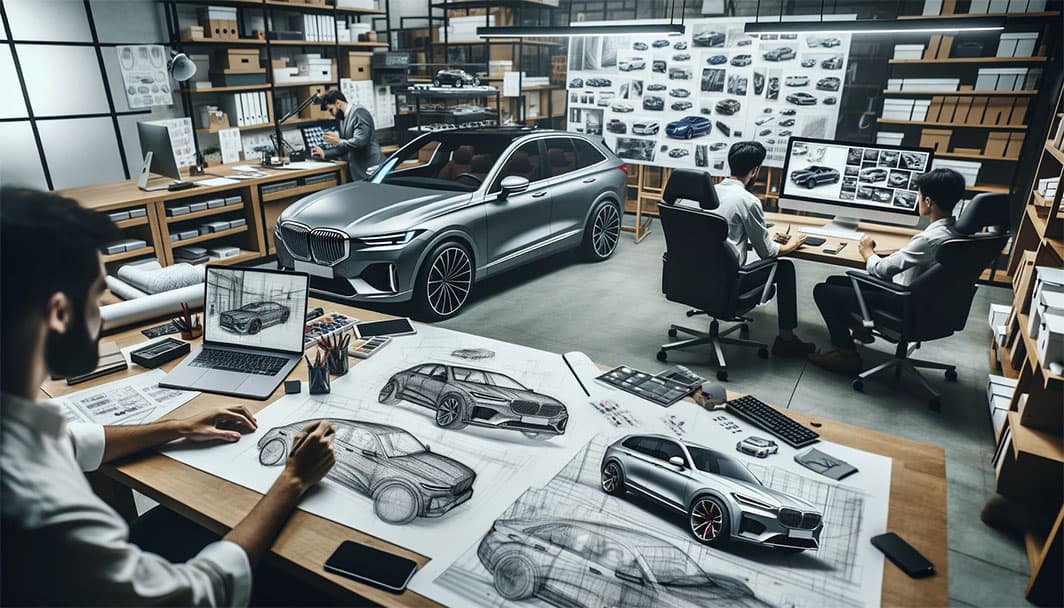Every car has a soul, a character that it wants to convey. This character is not just reflected in its exterior design or its engine’s roar, but prominently in its interior. When a driver or a passenger steps into a car, they are enveloped by its interior design, immediately immersing them into the world the car wants to portray. The choice of materials, the design of the controls, the layout of the dashboard, and even the ambient lighting, all play pivotal roles in shaping this experience. It’s a carefully curated environment, aiming to resonate with the emotions and preferences of its occupants. The interior tells a story, a narrative of the car’s history, its future, and its vision.
A Blend of Luxury and Function
Modern vehicles, particularly those in the luxury segment, have blurred the lines between opulence and utility. The interior of such cars is a testament to this harmonious blend. Plush leather seats offer unmatched comfort, while their design might have ergonomic benefits, ensuring that long drives don’t result in fatigue. The dashboard, often adorned with polished wood or brushed metal, isn’t just about aesthetics; it’s designed to put everything the driver needs within easy reach. Technology, too, is woven seamlessly into this fabric. Infotainment systems, climate controls, and other functionalities are integrated so that they enhance the luxury feel while serving their primary function. Every element, from the tactile response of a button to the placement of cup holders, is a result of careful thought, ensuring that luxury and functionality coexist.
Behind the Scenes: Designing the Experience
The finished interior of a car that we admire is a result of countless hours of hard work, creativity, and collaboration. In design studios across the world, teams of talented individuals come together to conceptualize the interiors of cars. It starts with understanding the brand’s ethos and the message they want the car to convey. Designers then bring this vision to paper, sketching out ideas, playing with materials, and modeling potential layouts. Collaboration is vital, as these designs need to align with the engineers’ requirements for safety and functionality. Iterations are made, prototypes developed, and feedback incorporated. This rigorous process ensures that the final design is not only aesthetically pleasing but also practical, safe, and in line with the brand’s identity.

Echoes from the Past
Stepping into a classic car is akin to traveling back in time. The interiors of such vehicles, with their unique designs, are reminiscent of an era where things were simpler, yet profoundly elegant. The tactile feel of a wooden steering wheel, the soft hum from an analog radio, the gleam of chrome accents, all contribute to an experience that modern cars often try to emulate but can’t quite capture in its entirety. Classic car interiors are more than just design; they are memories, stories of road trips taken, adventures had, and moments shared. Every stitch, every dial, every knob has a tale to tell, making them timeless pieces of art.
Innovations and Challenges
The world of automotive design is in a state of constant flux, driven by technological advancements and changing consumer preferences. Today’s car interiors are a blend of cutting-edge technology and design aesthetics. Touch-responsive screens replace buttons; voice commands are preferred over manual controls. But this journey of innovation isn’t without its hurdles. Even as car interiors are laden with the latest tech, under-the-hood issues, like the 3.6 Jeep engine problems, serve as a stark reminder that perfection is a continuous pursuit. It emphasizes the importance of holistic vehicle design, where the exterior, interior, and mechanics all harmonize. For those keen on understanding the nuances of such challenges, also read our in-depth articles that delve into the intricacies of automotive design and engineering.
The Future of Car Interiors
As we look ahead, the horizon of car interior design is brimming with possibilities. The onset of autonomous vehicles may redefine interiors, transforming them into leisure or workspaces. Sustainability is another driving factor, with designers seeking eco-friendly materials that don’t compromise on luxury. Furthermore, as cars become more connected, the integration of digital interfaces will be key, offering personalized experiences for drivers and passengers alike. The future promises car interiors that aren’t just about transport, but about an enhanced, adaptable living space that caters to modern-day needs and challenges.
